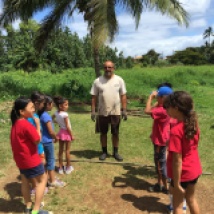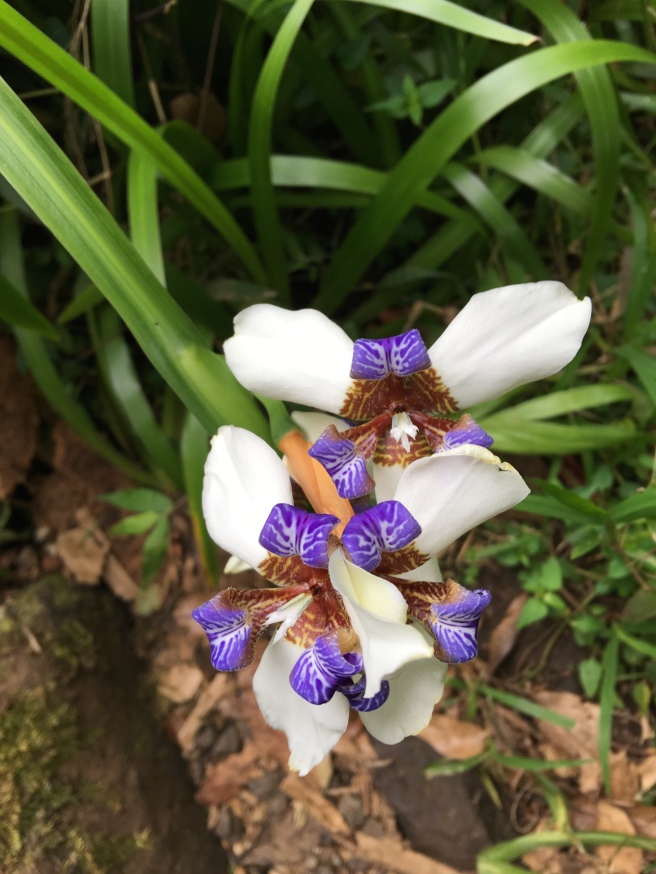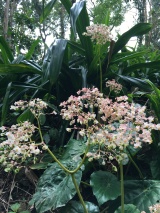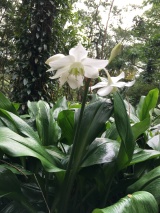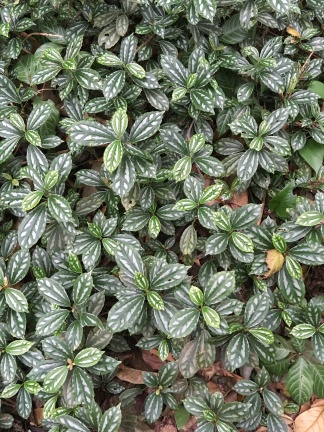The Tokyo DisneySea Park is the most beautiful amusement park I have ever been to – a Disney nautical fantasy. Additionally, because it was October, the park was covered in festive jack-o-lanterns, autumn colored banners and lots of decor highlighting our favorite Disney villains, such as, Maleficent, Ursula, Hades, Jafar, Captain Hook, and the Evil Queen from Snow White. This year, they are also celebrating the park’s 15th Anniversary.
One important tip would be to purchase tickets online before going to the park. We went an hour early before the park opened and although we already had tickets, there was a huge line. Therefore, I highly recommend purchasing tickets before hand. There are also options if you plan to stay at the Tokyo Disney Resort, and additional options for multi-day and multi-park passes.
There is a shuttle from the Urayasu Train Station to the resort and theme parks.
The early morning crowd pours into the park….and it’s not even their busy time of the year.
Here we are getting ready to ride the Indiana Jones ride. This ride was exhilarating but without loops, and one mild drop – totally my speed! Basically, you get in a jeep and it takes you on a rough ride through caves filled with treasure, skeletons, tons of giant bugs, echoes, screams, and well… you get the idea. Sometimes you’re rollercoaster-ing through pitch black darkness – my kids absolutely loved it!

The Mediterranean Harbor is the centerpiece of the park. It is beautiful from all angles. In the evening they have the Fanstasmic Show here.


 Because it was nearing Halloween, the day time show featured a parade of villains!
Because it was nearing Halloween, the day time show featured a parade of villains!
Agrabah – where Aladdin often got into trouble and fell in love with Princess Jasmine.
 The Toy Story ride had a 3 hour wait – very popular, so you might consider getting a Fast Pass for this one.
The Toy Story ride had a 3 hour wait – very popular, so you might consider getting a Fast Pass for this one.
I could look at this scenery all day. October is the perfect time to go. It’s not as crowded as during the summer and the weather is nice and cool.
 The Tower of Terror
The Tower of Terror
SELFIES!
 Someone is exhausted! Time to go home.
Someone is exhausted! Time to go home.

























 The line was long but moved very quickly.
The line was long but moved very quickly. My kids loved the many giant interactive screens. For this one, my younger son, Cameron had his face scanned and put into a walrus. The walrus makes faces, blows bubbles, and eats food that you can release by pressing the food button.
My kids loved the many giant interactive screens. For this one, my younger son, Cameron had his face scanned and put into a walrus. The walrus makes faces, blows bubbles, and eats food that you can release by pressing the food button. This interactive screen switches peoples faces.
This interactive screen switches peoples faces.





































 A warped panoramic of the famous Shibuya crossing.
A warped panoramic of the famous Shibuya crossing. 


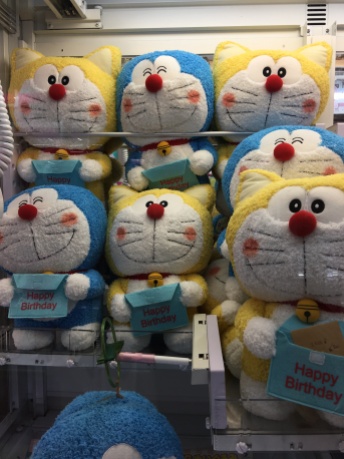

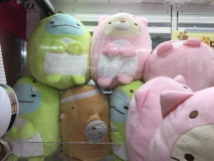









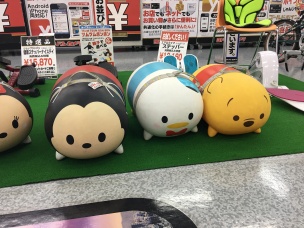














 About a month ago, a friend of mine had posted on Facebook that he was doing a “30 Day Aloha Challenge.” Part of my friend’s long post explained the challenge, “I decided to create the ALOHA ACTION CHALLENGE. I am challenging myself to be more aware of how I put aloha into action each day for 30 days. If anyone else wishes to participate, please feel free to join me and share/post your experiences of Aloha or ways in which you or someone you know has put Aloha into Action! Feel free to tag me in your post, because I would love to read about the many ways that Aloha can be expressed and shared everyday! Aloha is a practice and a way of life, much like yoga, hula, meditation, tai chi, etc.”
About a month ago, a friend of mine had posted on Facebook that he was doing a “30 Day Aloha Challenge.” Part of my friend’s long post explained the challenge, “I decided to create the ALOHA ACTION CHALLENGE. I am challenging myself to be more aware of how I put aloha into action each day for 30 days. If anyone else wishes to participate, please feel free to join me and share/post your experiences of Aloha or ways in which you or someone you know has put Aloha into Action! Feel free to tag me in your post, because I would love to read about the many ways that Aloha can be expressed and shared everyday! Aloha is a practice and a way of life, much like yoga, hula, meditation, tai chi, etc.”


 On a cool, breezy day, under the beautiful blue Hale’iwa sky, the 4th grade class of my son’s elementary school presented an ‘oli (chant) to humbly request Aunty Nona, Kumu Mokihana, Aunty Lisa, as well as, spiritual ancestors to share knowledge with them.
On a cool, breezy day, under the beautiful blue Hale’iwa sky, the 4th grade class of my son’s elementary school presented an ‘oli (chant) to humbly request Aunty Nona, Kumu Mokihana, Aunty Lisa, as well as, spiritual ancestors to share knowledge with them.









